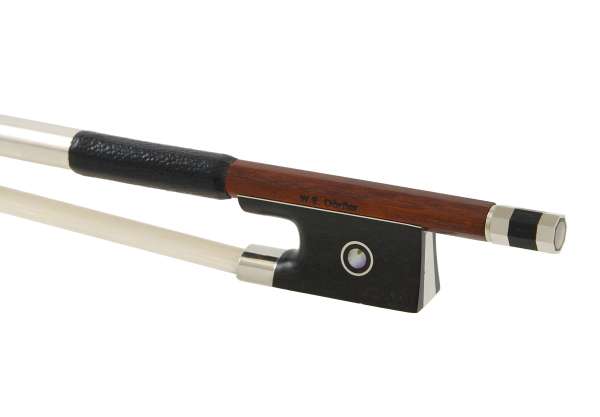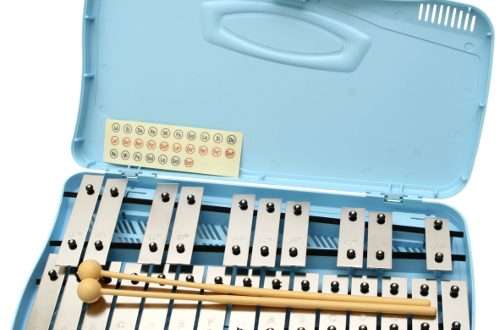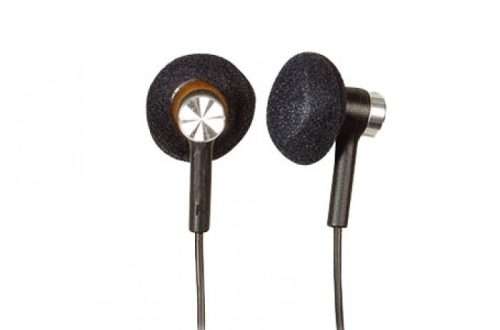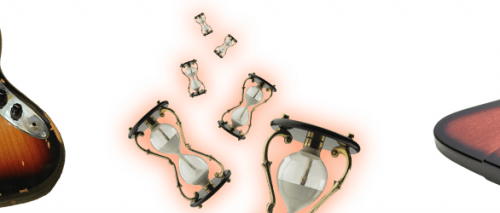
What influences the sound of my instrument?
When we decide to buy a violin, viola, cello or double bass, download the first lessons and start practicing well, we may encounter some inconveniences on our artistic path. Occasionally the instrument will begin to humming, jingle or the sound will become dry and flat. Why is this happening? You must carefully study all the factors that affect the sound of the instrument.
Defective accessories
In most cases, old strings are the cause of the deterioration in sound quality. Depending on the manufacturer and the intensity of the exercise, the strings should be replaced every 6 months. Just because a string has not broken doesn’t mean it is still playable. The strings simply wear out, lose a nice sound, rustle, the sound becomes metallic and then it is difficult to take care of timbre, or even more correct intonation. If the strings aren’t old and you don’t like their sound, consider trying out a more expensive string set – it’s possible that we’ve developed enough that cheap student accessories are no longer enough. It is also possible that very dirty strings block the production of good sound. The strings should be wiped with a dry cloth after each play, and from time to time cleaned with alcohol or specialized liquids designed for this purpose.
The bow also plays a major role in the sound of the instrument. When the sound ceases to satisfy us, we should consider whether the rosin we apply to the bristles is not dirty or old, and whether the bristles are still useful. Bristles that have been used for more than a year should be replaced as they lose their grip and will not vibrate the strings properly.
If everything is fine with the bristles, check the rod of the bow, especially at its tip – if you notice any scratches on the rod or ankle (the element holding the bristles at the top of the bow), you should also consult a violin maker.

Wrong mounting of accessories
A frequent cause of unwanted noise is also bad installation of the accessories we have purchased. Make sure that the chin fasteners are tightened well. This should not be “forceful” tightening, however loose handles will cause a buzzing noise.
Another thing with the chin is its placement. It is necessary to check that the chin underneath does not touch the tailpiece, especially when pressing the weight of our head. If the two parts touch each other, there will be a hum. Note also the fine tuners, the so-called screws, as it often happens that their base (the part adjacent to the tailpiece) is loose and causes unwanted noise. The position of the stand should also be checked, because even its slight shifting may cause the sound to “flatten”, as the waves generated by the strings are then not properly transferred to both plates of the soundboard.
General technical condition
When we have checked all the above-mentioned elements and still can’t get rid of the clinks and noises, look for the cause in the sound box itself. It is obvious that we check the general technical condition before buying the instrument. However, it may happen that we overlook a detail that will start to disturb us over time. First of all, you should check that the instrument is not sticky. The most common place to unstick is the waist of the instrument. You can check it by gently trying to pull the lower and upper plates in opposite directions, or vice versa, try to squeeze the bacon. If we notice a clear work and movement of the wood, it most likely means that the instrument has gone a little apart and it is urgent to visit the luthier.
Another way is to “tap” the instrument around. At the point where the sticking has occurred, the tapping sound will change, it will become more empty. Cracks may be another cause. Therefore, you need to carefully inspect the instrument and if you notice any disturbing flaw, go to an expert who will determine whether the scratch is dangerous. Sometimes the instrument may be attacked by … an insect, such as a knocker or a bark beetle. So if all corrections and combinations do not help, we should ask a luthier to X-ray it.
It very often happens that a new instrument changes its color during the first years of its use. This can happen up to 3 years after the purchase. These can be changes for the better, but also for the worse. Unfortunately, this is the risk with new string instruments. The wood they are made of moves, works and forms, so a violin maker cannot assure us that nothing will happen to it. So, when we checked all the above-mentioned elements and the change still has not occurred, let’s go with our equipment to the luthier and he will diagnose the problem.





